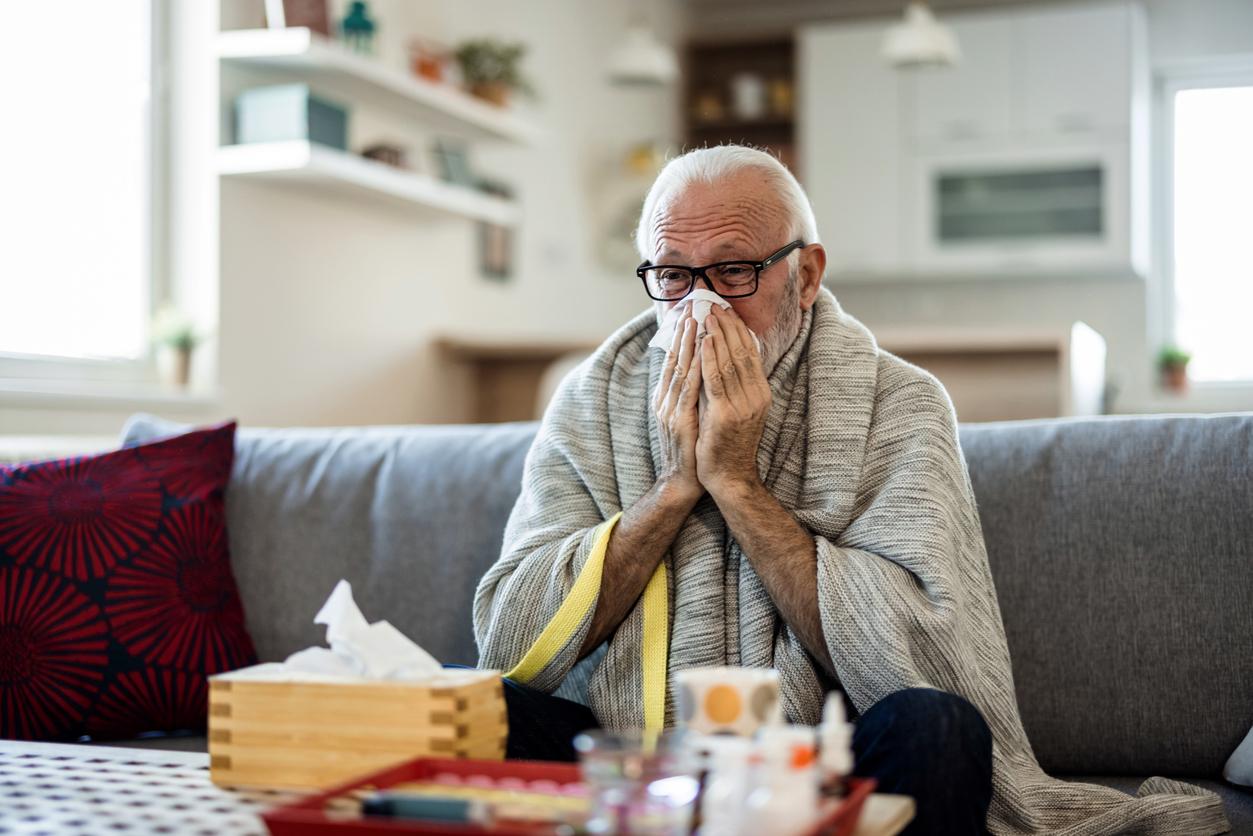According to theWorld Health Organization (WHO), 325 million people worldwide suffered from chronic hepatitis in 2015: 257 million people were living with the hepatitis B virus (HBV) and 71 million with the hepatitis C virus (HCV).
Hepatitis is inflammation of the liver: a distinction is made between viral hepatitis (which is caused by viruses: A, B, C, E or G) from toxic hepatitis (linked to the consumption of products toxic to the liver: alcohol , medications…).
Hepatitis A and E are usually caused by ingesting contaminated food or water. Hepatitis B, C and D generally occur following contact with infected body fluids: blood transfusion, medical procedures performed with contaminated equipment, sexual contact or mother-to-child transmission (for hepatitis B).
Vaccination against hepatitis B is mandatory
Type B and C viruses (HBV and HCV) are the most common cause of cirrhosis and liver cancer: they are believed to be responsible for 1,000 deaths each year in France. Viral hepatitis caused 1.34 million deaths in 2015 worldwide: that’s more than AIDS.
The Global Hepatitis Program was established in 2011 by WHO. The objective: to eliminate viral hepatitis “as a threat to public health” by 2030. WHO is focusing in particular on the HBV and HCV viruses, in particular through better diagnosis, early management and vaccination of children.
It should be noted that, since January 2018, vaccination against hepatitis B is mandatory in children: 3 doses are administered at 2 months, 4 months and 11 months. Vaccination against hepatitis A is not compulsory but recommended from the age of 1 year, especially in people who travel (Asia, Africa, South America), who suffer from cystic fibrosis and / or who are immunocompromised.
Read also :
World hepatitis day: the obstacle course to get treatment
8 organizations denounce the exorbitant price of “innovative” treatments
Measles and hepatitis B: according to the OECD, French children are not vaccinated enough


















